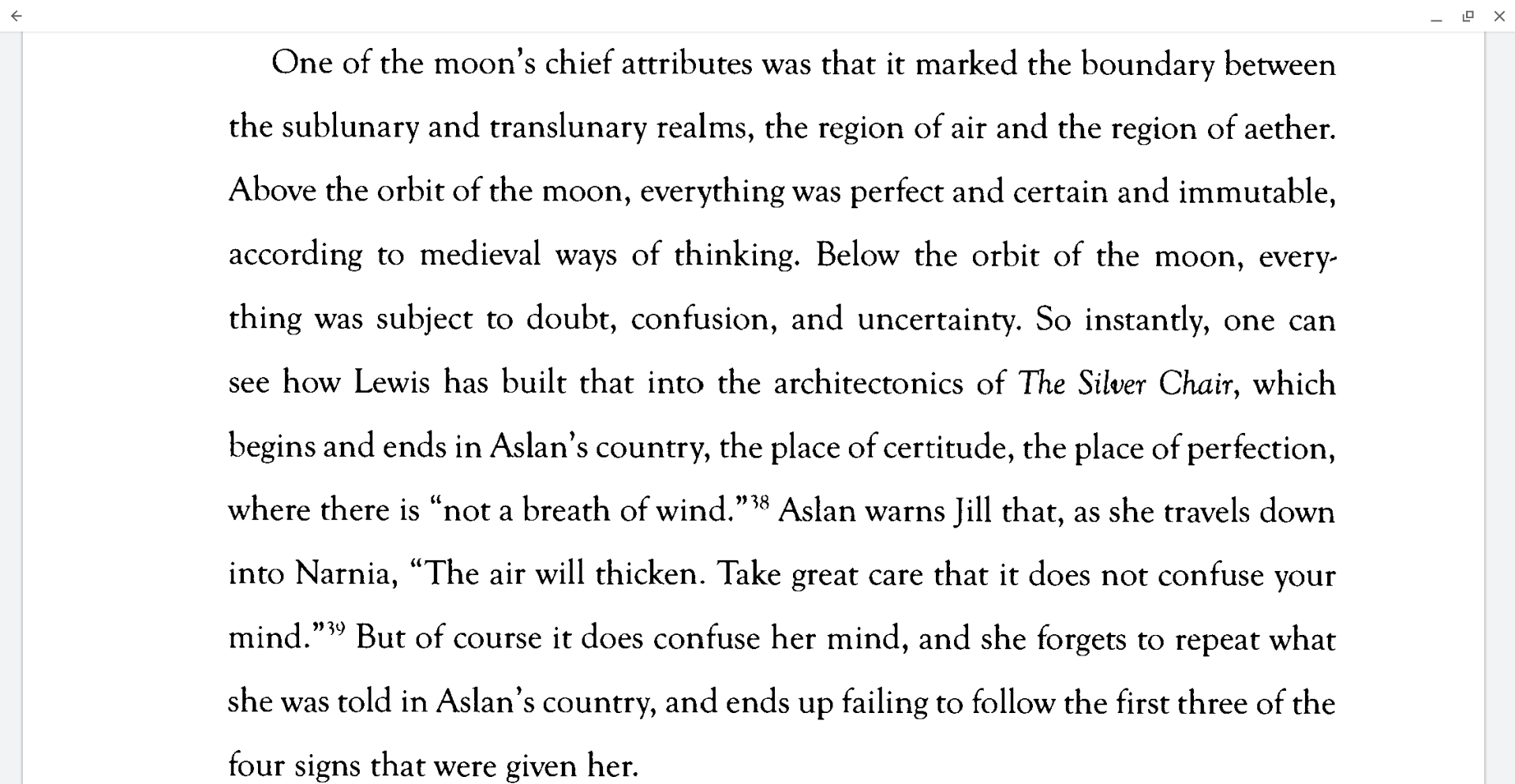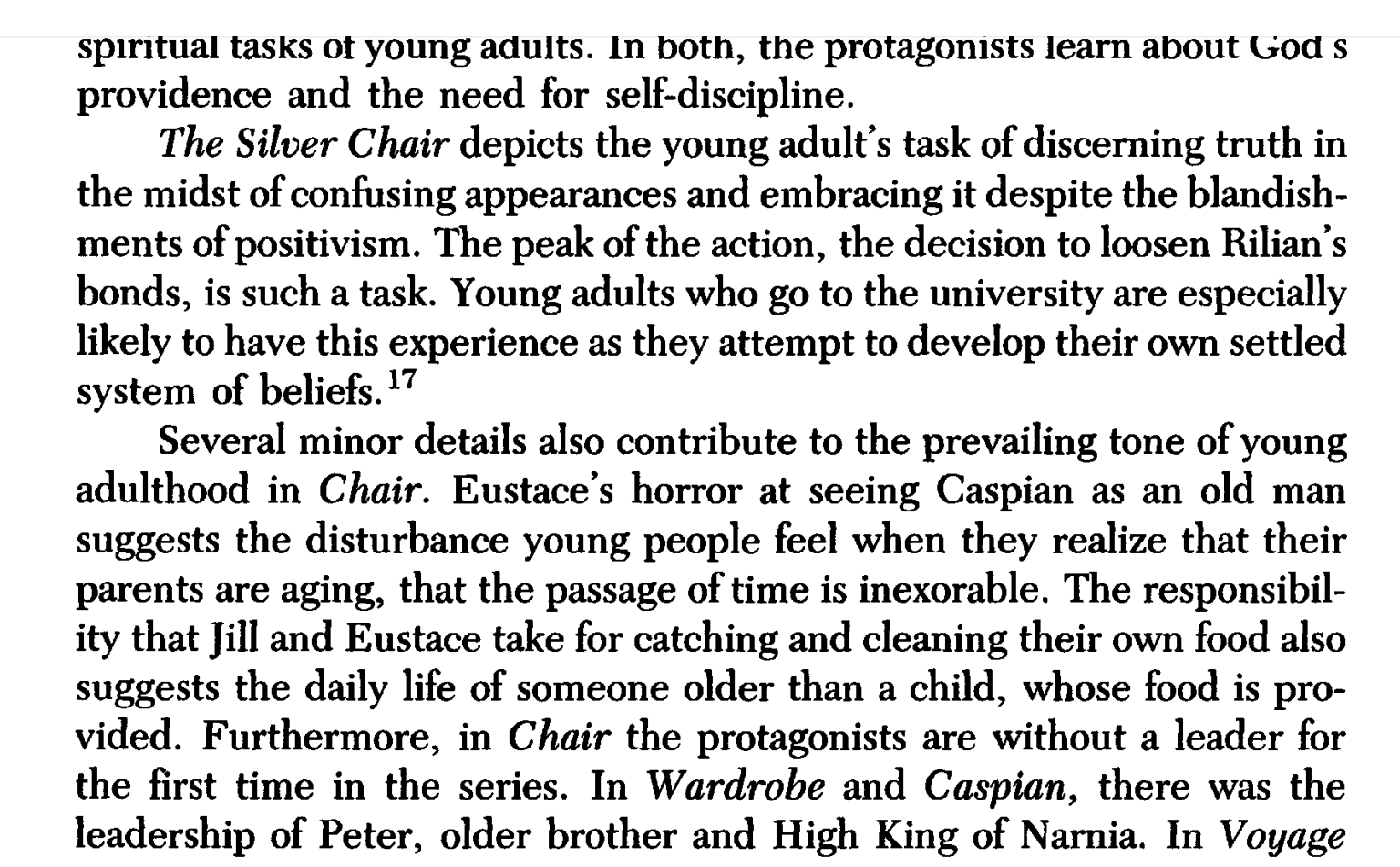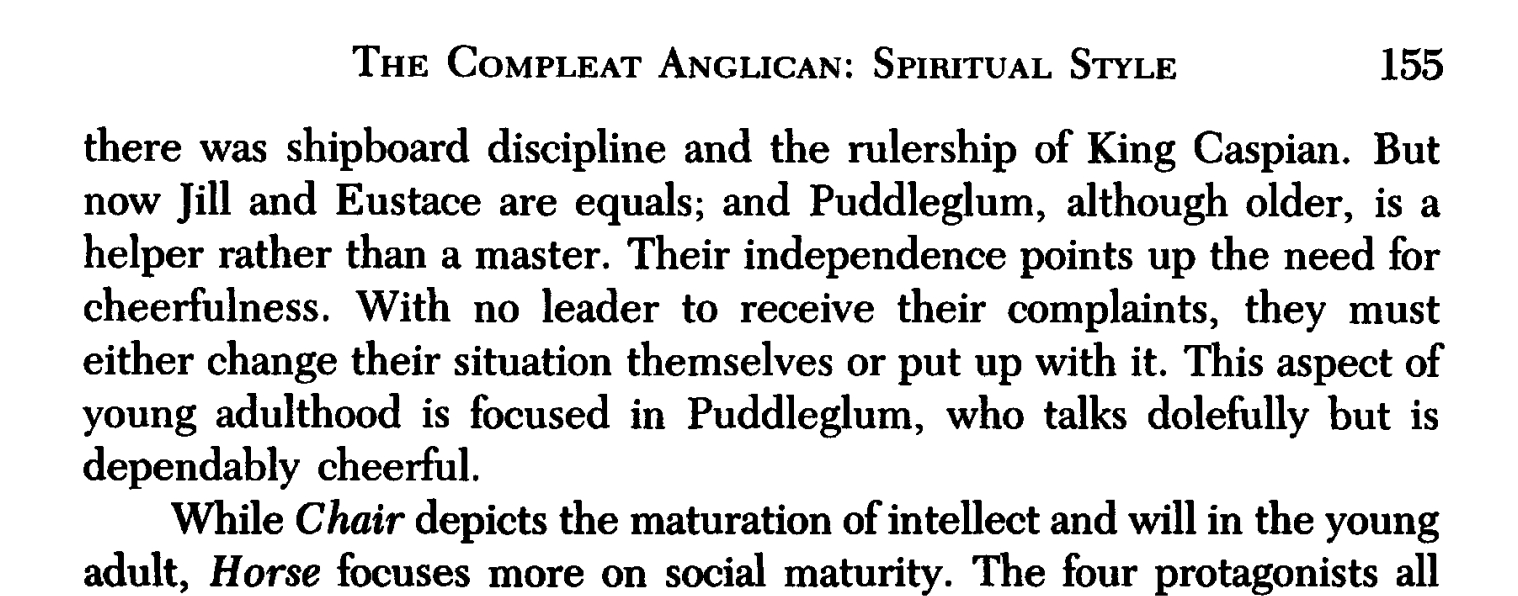The Silver Chair: Lunar Influences and How Do We Know What We Know

It was a big week for the moon. And the moon it seems, is all over the nightime settings of the Silver Chair. When you think of the universe, the cosmos, do you think of something cold and lifeless or thriving with potential? This week we learned that scientists have managed to sprout plants from soil from the moon, which of course we know to be a dry void of lifelessness. https://www.npr.org/2022/05/14/1098753238/scientists-grow-plants-soil-moon-nasa-university-of-florida
We were also greeted this week with a stunning rosy moon in full eclipse.
https://www.space.com/super-blood-flower-moon-may-2022-wows-stargazers
What we know of the moon and what people in medieval times knew of it are not quite the same. We think of Neil Armstrong, they thought of it as a planet (along with the sun) with a personality of sorts, and this personality impacted our lives. The effect of the tides closely associated the moon with water - and water is present at many critical moments of The Silver Chair. Of particular interest is something of the idea we keep in words like lunacy. The connection of changes in the moon with emotional and psychological imbalance isn't just a modern superstition. Lunacy is of course is what happens to our captured prince in that silver chair. Why a silver chair, what does it matter? Perhaps it is a reference to the moon, as in this Renaissance poem 'Hymn to Cynthia' by Ben Jonson.
QUEEN and huntress, chaste and fair,

This article from Princeton helps explain the seven 'planet' system that this symbology is working within. However even more worth your time is this presentation of the above authors groundbreaking work (Theologian Michael Ward) regarding the insight possible when considering this planetary interest of Lewis being woven through the Chronicles.
One of the most venerable questions of philosophy is ‘how are we to know’. What is true and what is false? What is real and what is imagined? From the opening chapters of LWW this very lifelike quandary reoccurs again and again in the Chronicles. The very artwork of the Chronicles arises from Lewis’ sense that often what we think we know gets in the way of our knowing Jesus and following him. However he would also assert that children of Adam and Eve are created with the capacity and desire to reasonably know the ‘deeper magic’ of reality. In the Silver Chair knowledge, what they have and what they do not and what they trust is an ongoing challenge of their quest. Whether it is the ruins that seem like mountain trenches, a taboo dinner, or beating back an evil spell - knowledge of the true reality (in this case the mission and Aslan) is a repeated turning point. Knowledge is of course a complex subject, but if you want to get a quick lesson in the surface of the philosophical regarding knowledge, give some time to the Crash Course video below. What moments from The Silver Chair spring to mind regarding belief and knowledge and testimony and assertions?
The last tidbit to play with in our quest to know more about the quest of the Silver Chair is about Anglican spirituality. The Episcopal Church is part of the Anglican Communion, the worldwide association of regional churches that are mostly (but not all) descended from the Church of England through its colonial, missionary, and trade relationships. It is without question that much of the style of what most people might know of these churches, the style is enmeshed with the pageantry and structures of English royalty and aristocracy; and with the wholly connected world of English academia. Parts of both of these facets certainly show up in the Chronicles, certainly in some of his humorous snobbery. However, the Anglican traditions, especially as Lewis knew it, have some spiritual style hallmarks that also shine through.
In the Silver Chair Jill is graced with an immediate belonging. She hasn’t been to Narnia, though she had heard Scrubb tell tales. She never said any magic words to take her there, it isn’t special knowledge for those with the right codes. Not only is she brought there as one who belongs, but she is given a mission even before she really comprehends where she is and what it all means. Anglican spirituality generally expects a long slow shaping and reshaping, more than instant exciting moments being the most important. Jill has her mountain top - but the crucial part is how she follows through (and remembers the signs) across a difficult and distracting landscape. Spirituality isn’t about the self making it up and big feel moments ever bigger, but about the evolution of the self toward the peace of Christ in the context of adaptive traditions focused on our duty to the common good. Spirituality is continuing to explore and act along the path we have been given.
In her article, 'The Compleat Anglican', Dr. Doris T. Meyers illustrates several facets of Anglican spiritual growth across life that she suggests are evident in each of the novels. For the Silver Chair she offers us this:


The Silver Chair is an opportunity to consider more deeply our spiritual journey, how as adult persons we have responsiblity to not expect others to do it all for us. In the end of the novel the questions that hover are:
How alike are you to the children regarding remembering the signs?
What did you feel when Aslan tells Jill there is no other source?
Have you had moments of lostness that when you look back you can see where you were?
Has your faith life been more like this long journey of experience and growing in knowledge or was it more sudden?